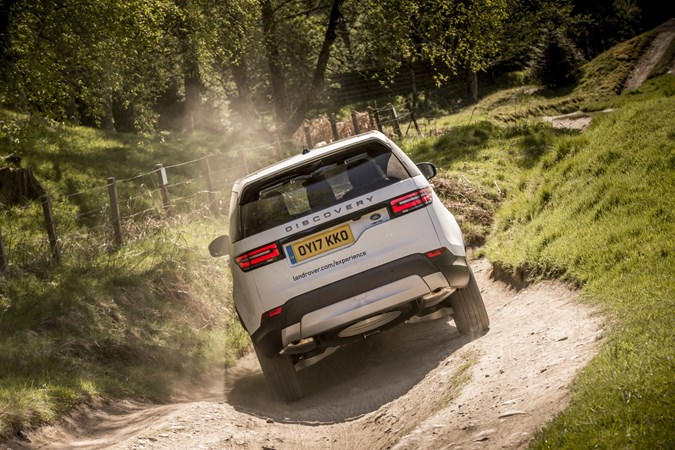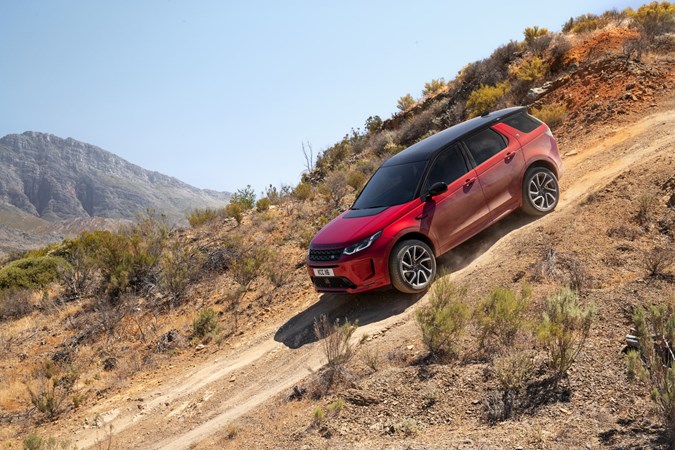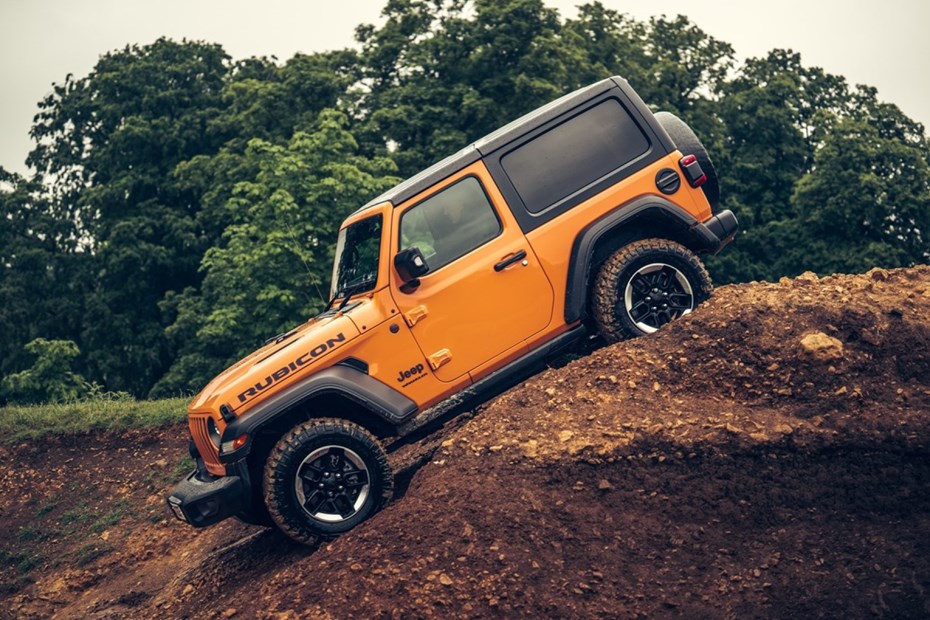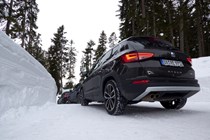Hill descent control – or HDC – is a very clever bit of tech that regulates a car’s speed when going down very steep hills. It was originally developed by Land Rover for the first-generation Freelander but, given the usefulness of the technology, rival manufacturers quickly produced their own systems. These days, hill descent control is found on all the best SUVs and off-roaders on the market.
But what, exactly, is hill descent control? How does it work, and how and when do you use it? In this guide, you’ll find out everything you need to know.
How does hill descent control work?
Hill descent control is very simple in principle, but actually quite complex in practice. It stops a car running out of control on a steep hill – we’ll get onto exactly how steep in a bit – by managing the engine’s throttle and the wheel brakes. Think of it as an off-road cruise control.
When HDC is engaged, the car is limited to a certain speed, usually 2mph or so. The car holds first gear and uses a combination of engine braking and the wheel brakes to maintain that speed, the whole process controlled by the car’s various computers. All the driver has to do is point the steering in the right direction.

When should you use hill descent control?
That it was developed by Land Rover gives you a clue to the purpose of hill descent control. It’s primarily intended for use on the extremely steep, slippery, rocky slopes you might find when driving on an off-road trail. We’re talking about the kind of hills you’d struggle to walk – or even crawl – up.
Previously, you’d use the car’s brake pedal to manage its speed on such a slope, but it’s very easy for the wheels to slip under those circumstances. The car would quickly gain speed and be very difficult to get back under control.
The original Land Rover Freelander was the first car to have HDC. A new entry-level model, Land Rover hoped to sell it in much larger numbers than its other cars and recognised that many owners would never have driven off-road before. HDC made it easier to tackle downhill trails, which can be really scary for an inexperienced off-road driver.
You’re the best judge of when to use HDC in any given situation. If you think you need to engage it to drive down a steep hill, do so. It can also be engaged in other situations where you need to maintain a low speed, such as driving through water. However, you shouldn’t use it in general road driving.

How do you use HDC?
You engage HDC with a button you’ll find somewhere on the car’s centre console, dashboard or touchscreen, or by selecting the appropriate drive mode. You need to be stationary to do so, so stop at the top of the hill you want to use it on.
Beyond that point, there are different procedures for different cars; you should see instructions in the car’s instrument display. If the car has a manual gearbox, put it in first gear and set off as normal, bearing in mind the car will stop accelerating once you reach the HDC’s speed limit. Some automatic cars require you to manually select first gear, in others you just put it in Drive. Then you just take your foot off the brake pedal.
Crucially, do not touch the brakes while going downhill, however much you may want to. Let the car do its thing and concentrate on the steering.
Some cars allow you vary the speed as you go downhill. In a Land Rover, you use the cruise control buttons to speed up or slow down, in a SEAT Ateca you use the throttle pedal.
At the bottom of the hill, you need to disengage HDC. Again, the procedure varies between cars but either pressing the HDC button or selecting a different drive mode will turn it off. In some cars, you can simply accelerate away and HDC turns off automatically.

What cars have hill descent control?
After the original Freelander, Land Rover added HDC to the second-generation Discovery and BMW (which owned Land Rover at the time) used it in the first-generation X5. You can now find HDC on just about every SUV that has some measure of off-road ability. It’s on everything from the Skoda Kodiaq to the Porsche Cayenne, to the Subaru XV.
Does Hill descent work on all surfaces?
Hill Descent Control (HDC) shines on rough, loose, or slippery surfaces where extra control is crucial, like gravel, mud, or snow. On standard paved roads, it’s often less effective and might not activate, as it’s designed specifically to manage challenging terrains. So, while HDC can be a lifesaver off-road or in adverse conditions, you won’t need it on regular downhill drives—leave it for those rugged trails and tricky slopes.
Looking for more jargon-busting motoring meanings? Head over to our Parkers Car Glossary page and take a look at our other definitions
Just so you know, we may receive a commission or other compensation from the links on this website - read why you should trust us.










